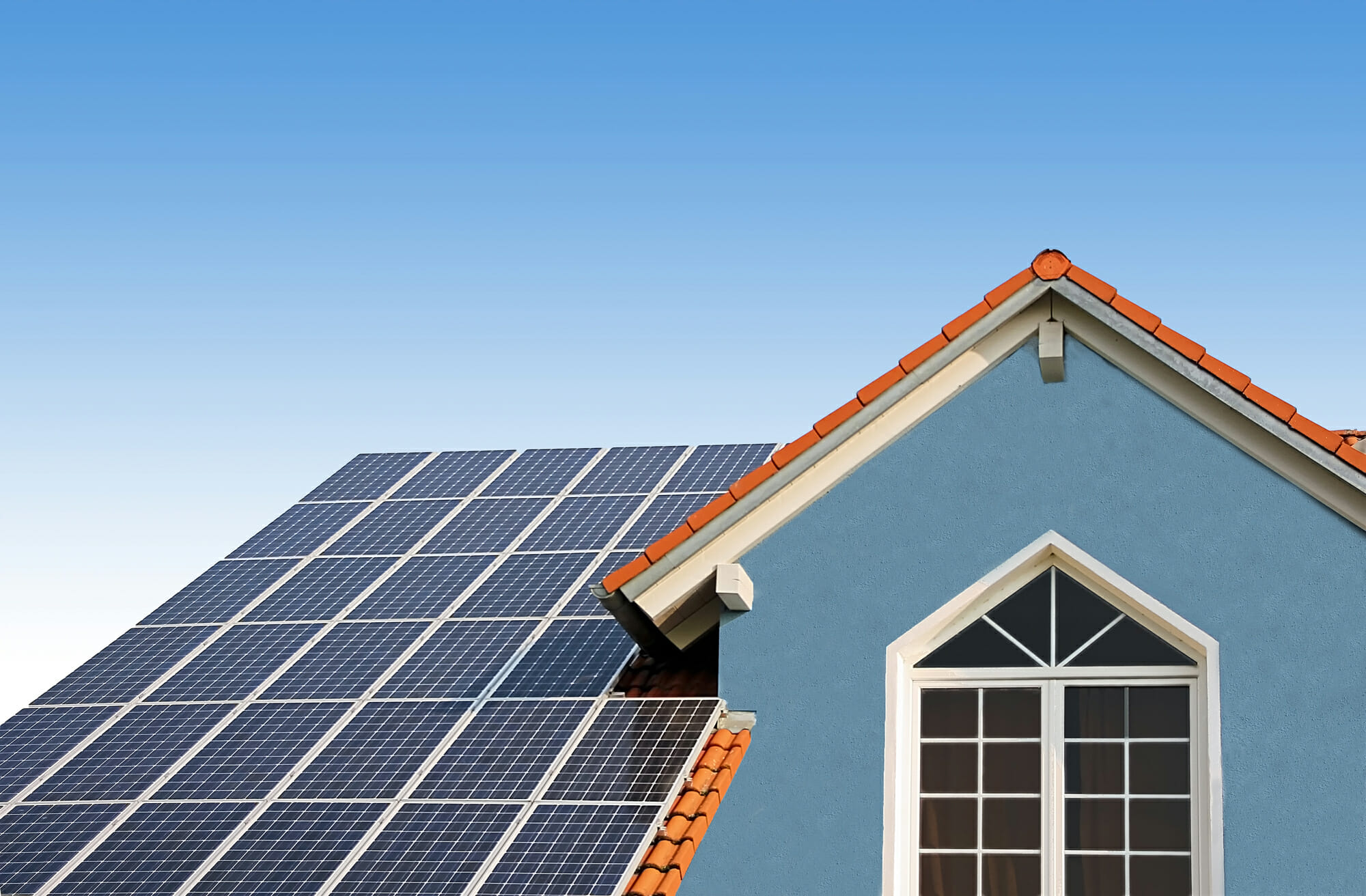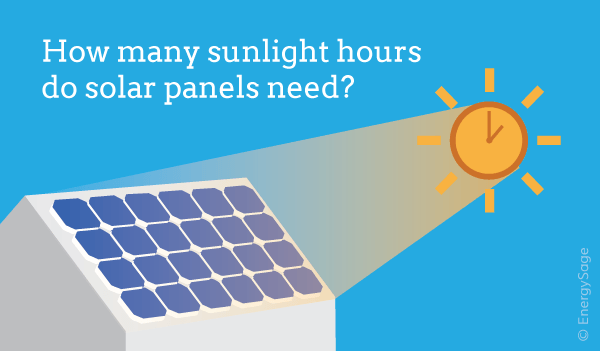Photo voltaic cells use sunlight as a source of energy and generate direct current electricity a collection of pv modules is called a pv panel and a system of panels is an array.
How do solar panels work in areas with less suj.
The term solar panel is used colloquially for a photo voltaic pv module.
A solar panel is made up of numerous photovoltaic cells linked together.
Under the glass there is insulation that protects the components from humidity and regulates the temperature inside the panel to keep it operating efficiently.
When subject to sunlight photovoltaic cells create a flow of electric charge inside the solar panel due to the photoelectric effect this flow travels in a circuit of wires that connect groups of solar panels called arrays.
Solar panels contain cells of semiconductive material usually silicon usually encased in a metallic frame and tempered glass.
How do solar panels work.
Though the output will be reduce solar panels will still work in the shade just at less capacity due to lower sunlight exposure.
Solar panels are made out of photovoltaic cells which is why generating electricity with solar panels is also called solar pv that convert the sun s energy into electricity.
Though the numbers will vary depending on how much shade the panels are facing the general rule with clouds and shade is that solar panels will produce about half as much energy as they would with direct sunlight.
The panel is encased in glass with an anti reflective coating that ensures that the solar panels get the most sun exposure possible.
Anyone who has gotten sunburned on a cloudy day knows that solar radiation penetrates clouds.
For that same reason solar panels can still produce.
Photovoltaic cells are sandwiched between layers of semi conducting materials such as silicone.









